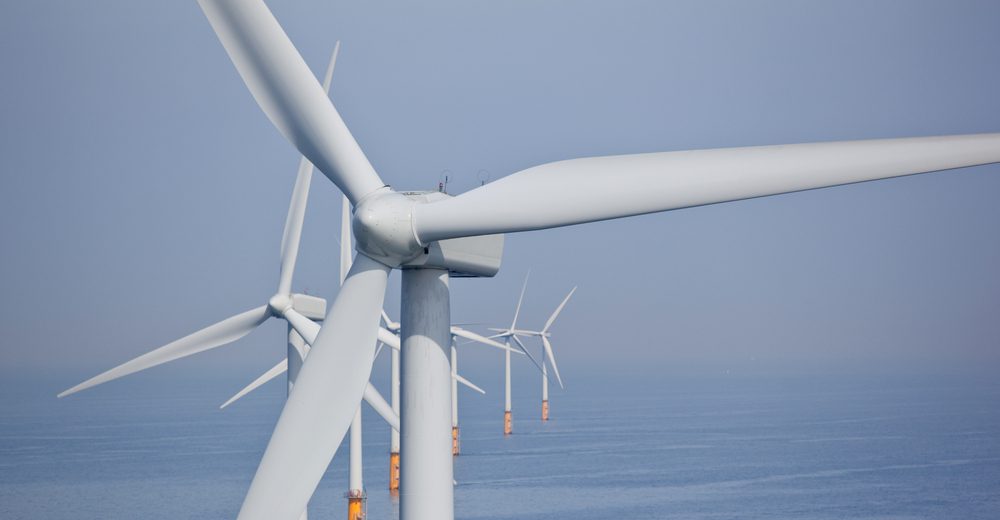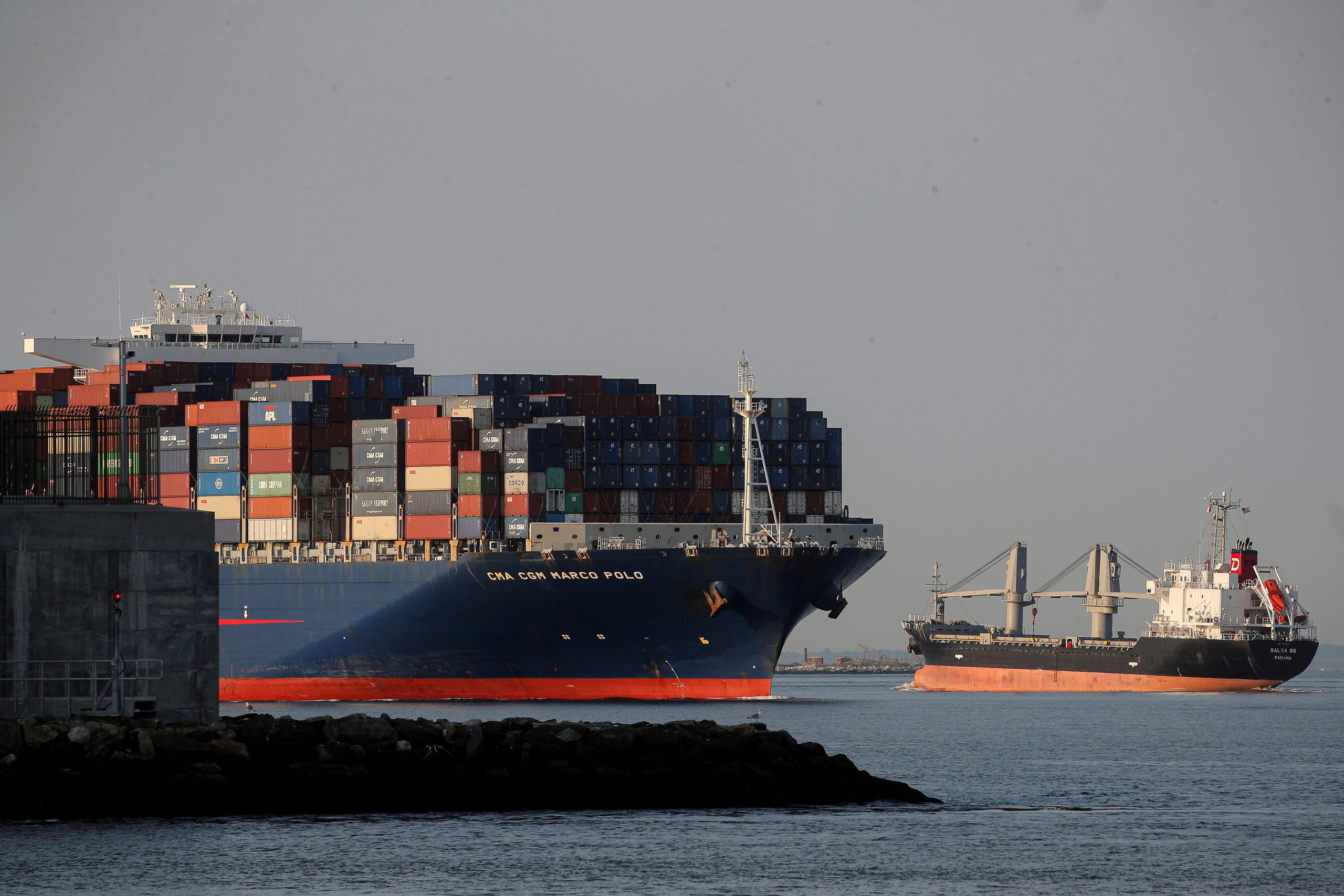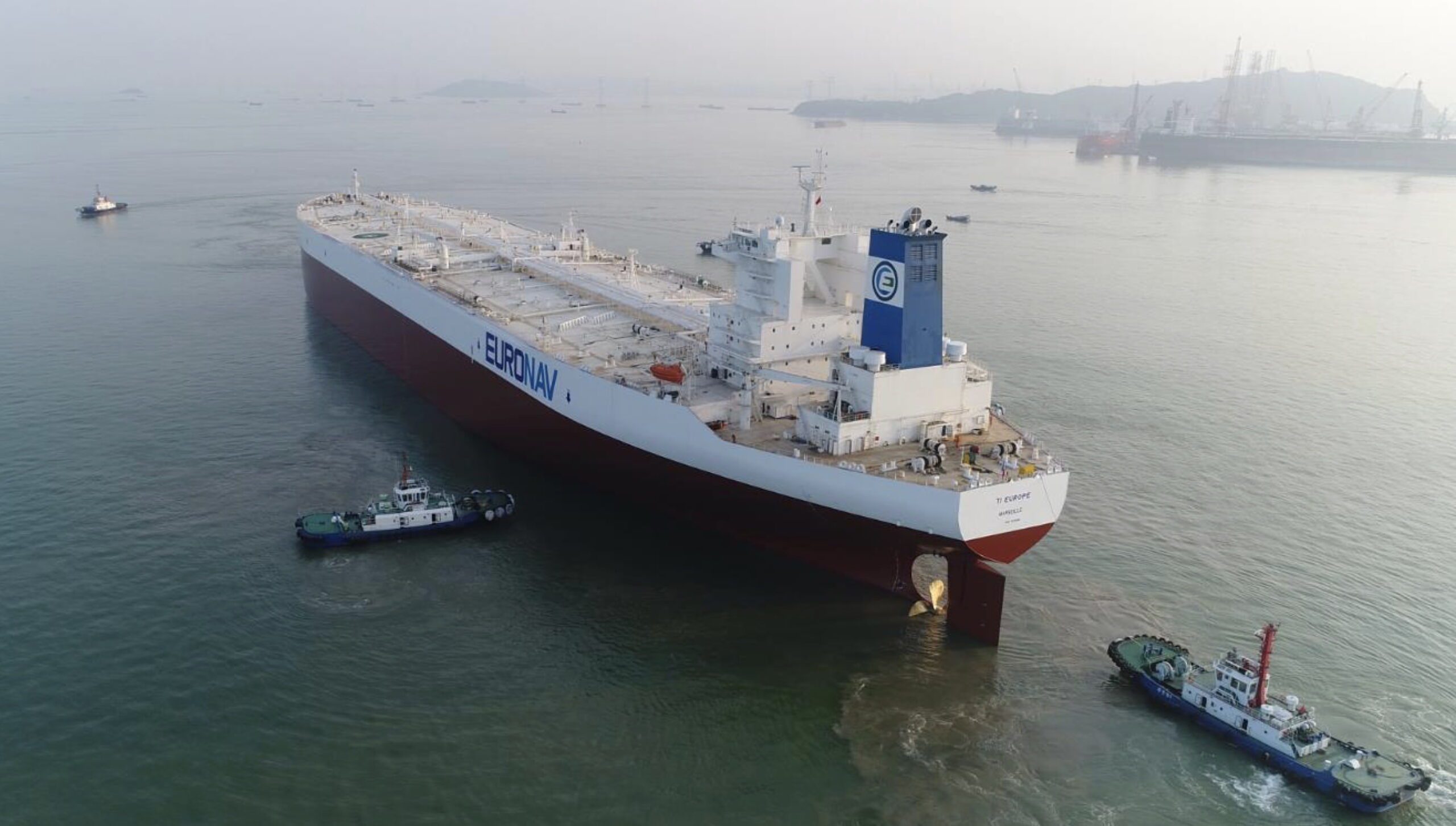Photo: Teun van den Dries / Shutterstock
By Christopher Martin (Bloomberg) — Over the past year, U.S. Wind got calls “every day” to sell a lease the energy company bought for $1 million in 2015 in its push to build a wind farm off the New Jersey coast.
“Each time we’d say no,” said Salvo Vitale, the company’s chief counsel, but the offers kept rising. Finally, just before the year ended, they hit a level the company couldn’t resist after New Jersey’s new governor, Phil Murphy, helped push through a mandate that 50 percent of the Garden State’s power would come from renewable sources by 2030.
The result: A $215 million sale of the lease to Electricite de France SA and Royal Dutch Shell PLC last month. It’s a deal that may have marked the start of a new era for energy development in the U.S. Northeast as states rev up green-power mandates to fight global warming, and European energy giants seek to leverage their offshore expertise back home in a rich new market.
When New Jersey changed its standards, “the value skyrocketed” for U.S. Wind’s lease, Vitale said by telephone. “The signals on policy made it feel like the stock market. Each time news came out on policy, we’d get a call from a bank.”
New Jersey’s not alone in this effort. Concerns about global warming have gained among Northeast states as U.S. officials, under President Donald Trump, have been dismissive. Meanwhile, the cost of building offshore turbines is shrinking as the equipment gets bigger and more powerful, and the supply chain has worked out early kinks.
Just a few weeks before the New Jersey deal, leases for three tracts off the coast of Massachusetts went for a total of $405 million in an auction run by the U.S. government. Those sales came just four months after that state began requiring a 2 percent annual rise in the use of renewables, with an 80 percent target by 2050.
“There simply was no market until the states came out with their targets,” said Lars Pedersen, chief executive officer of Vineyard Wind, a partnership between Copenhagen Infrastructure Partners and Avangrid Inc. that won one of the three tracts auctioned off of Massachusetts. “That gave us a reason to start bidding.”
While solar energy will help reach at least a part of the new goals set by states, the bet is that offshore wind offers the best chance to quickly gear up in a region with little room for acres of solar panels. While states with wide plains, such as Oklahoma and Texas, have long exploited onshore wind power, the crowded Northeast has fewer options. Thus the exploding interest in offshore wind.
At the same time, European energy companies, hungry for growth, see a chance to enter the New York-New Jersey-Massachusetts market with 35 million people, by leveraging expertise gained from building as many as 100 offshore farms with more than 4,200 turbines in their own backyards.
hris Hart, head of U.S. offshore development at EDF, which partnered on the New Jersey lease with Shell, said his Paris-based company has a bigger plan to develop offshore in two states, New York and New Jersey, that have been largely supportive of renewables.
Hart’s company plans to pursue other tracts off Long Island, he said, including an area called the New York Bight, which extends along the Atlantic coast from New Jersey’s Cape May Inlet to Long Island’s Montauk Point. That region “could hold enough acreage for up to 10 gigawatts” of power generation, Hart said, an amount that could power as many as 7 million homes.
Meanwhile, the proceeds from U.S. Wind’s sale of the New Jersey tract are going right back into the business, Vitale said, for another project the company is developing near Maryland.
The burst of activity comes after a long and contentious run in the northeast. Complaints that fishing and tourism industries could suffer from the use of 60-foot turbines have threatened development. Cape Wind Associates, for instance, fought locals for more than a decade before abandoning plans for turbines 5 miles (8 kilometers) off Cape Cod. Now, most proposals are for sites at least 13 miles from shore.
And not everyone is convinced on the economics. Jay Rhame, chief executive officer at Reaves Asset Management, which has $2.8 billion under management, won’t buy Avangrid Inc. partly because of its early support for offshore wind on the East Coast.
“We’re taking the position that offshore wind prices aren’t going to be as low as developers are promising,” Rhame said. “They could be just like new nukes.”
Still, even at current costs, New England’s grid operator says offshore wind can stave off surging wholesale power prices when it’s extremely cold. That’s because the region relies on burning oil to meet peaks in demand. A 1,600-megawatt wind farm would have saved consumers $80 million and cut carbon emissions by 11 percent during a 16-day freeze last winter, according to ISO New England.
Norway’s Equinor, one of Europe’s larger offshore-wind developers, expects turbine and component manufacturers to shift production to the U.S. as construction ramps up over the next decade, said Christer af Geijerstam, president of Equinor Wind U.S., the winner of leases in both New York and Massachusetts.
“The state commitments are very strong and provide us comfort,” he said.
© 2019 Bloomberg L.P

 Join The Club
Join The Club











